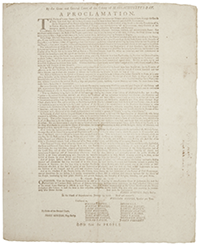We have been writing lately about record prices for baseball and other sports cards seemingly ad nauseam. You may wonder why we do this on a rare books site, besides the fact they are constantly hitting new record prices. Actually, we also cover other types of paper documents besides books, such as manuscripts, maps, and broadsides. What else is a baseball card? It is a single page paper document, like the Declaration of Independence, only the top baseball cards now bring more money.
We are back this month with more such stories, except this time “good news” comes in threes. The first is apparently yet again a record high price. Earlier this year, a new record was established for a 1952 Mickey Mantle rookie card which sold for $5.2 million. We say “apparently” as this latest record was not a public sale. Nor do we know the exact price paid. According to the Collectable website, “This asset was recently purchased by a private collector who wishes to remain anonymous for an undisclosed sum; however, sources have confirmed it represents the most expensive purchase in sports card history, surpassing the $5.2M sums recently paid for a 1952 Topps Mickey Mantle PSA 9 and a LeBron James rookie card.”
We believe this claim is likely true. The card in question was a 1914 rookie card for Babe Ruth, not a major league rookie card, but a minor league one. Ruth first appeared with the Baltimore Orioles, then of the International League. Only 10 of these are known to have survived. It would not be surprising that a pre-major league rookie Ruth card would surpass a later Mickey Mantle major league rookie card. Naturally enough, Ruth is depicted as a pitcher, as he was for his first few seasons before becoming the greatest slugger ever known.
That takes us to part two of this story. Collectable is a recently formed business which was created to sell partial interests in collectibles. It's sort of like offering shares in a very large company. For a less than enormous sum of money, you can own a very tiny interest in that firm. Here, you can buy such an interest in sports cards, and this 1914 Babe Ruth is one of them. You can own a share for just $3. The website says that the owner is retaining a 99% ownership in this card which is valued at $5,940,000. This means they have valued the card at $6 million (we do not know whether this represents the price paid for it). If you are wondering, $3 represents a .00005% interest in the card.
There are many more cards available from Collectable for which you can purchase fractional shares, such as Lebron James, Willie Mays, Luca Doncic, Derek Jeter and many more. They also conduct a secondary market so you can sell your .00005% interest in the Ruth card in case you tire of being an owner of something you will never touch yourself (it is being held in a Baltimore museum). Most people are likely buying this in hopes of making a profit on it rather than pride of ownership. Time will tell.
The final item of news is that Major League baseball is now getting into the NFT collectible card field. We wrote about non-fungible tokens recently. An NFT is a marker that identifies a digital image, otherwise easily copied, as being a unique one. It is a way of identifying an artwork, first digital edition, or now, digital baseball card, as the first or one of a kind. This may have sounded silly until an NFT identified item of original digital art by Beeple sold for $69.3 million. It is a joke no more. NBA TopShot, another recently launched NFT firm, has sold NFT video clips for as much as $200,000. It's no wonder Major League Baseball wants a piece of the action.
With Candy Digital its partner, MLB will shortly begin selling NFTs. The first, which will go on sale July 4, will be a Lou Gehrig NFT, to honor his “Luckiest Man” speech at Yankee Stadium on July 4, 1939. Gehrig, obviously, is not participating in this, but MLB says it is starting this way to raise awareness of amyotrophic lateral sclerosis, better known as “Lou Gehrig's Disease.” It took his life two years later.
This all seems crazy to those of us who grew up collecting five-cent packs of baseball cards. No one is going to flip a $6 million baseball card, and no one can flip an NFT baseball card. Is this some sort of insanity, a bubble, or is this the future? Are multimillion dollar cards and NFTs another Mississippi Company or Dutch tulips, or are they the next Manhattan Island, purchased for $24 worth of beads? I don't know, but for now I'm holding onto my money.



![<b>Heritage, Dec. 15:</b> John Donne. <i>Poems, By J. D. With Elegies on the Author's Death.</i> London: M[iles]. F[lesher]. for John Marriot, 1633. <b>Heritage, Dec. 15:</b> John Donne. <i>Poems, By J. D. With Elegies on the Author's Death.</i> London: M[iles]. F[lesher]. for John Marriot, 1633.](https://ae-files.s3.amazonaws.com/AdvertisementPhotos/8caddaea-4c1f-47a7-9455-62f53af36e3f.jpg)
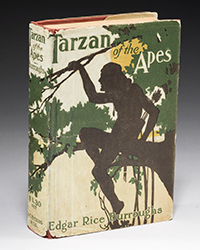
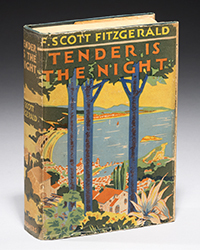
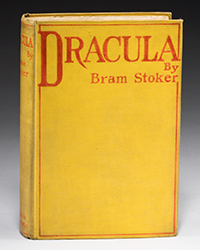










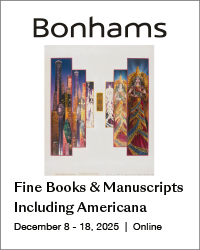

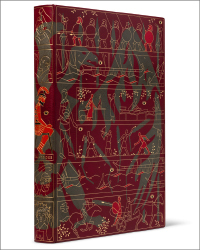

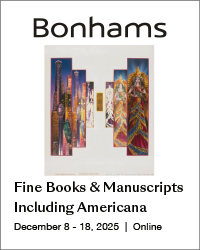
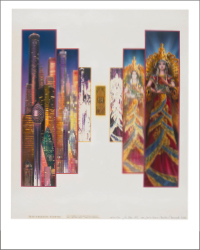
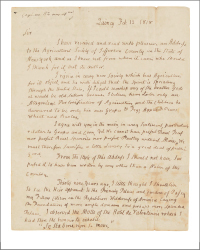

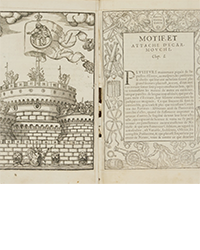
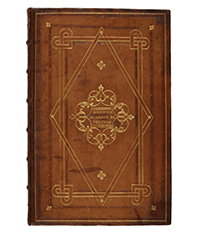
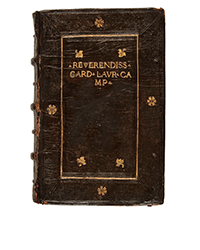
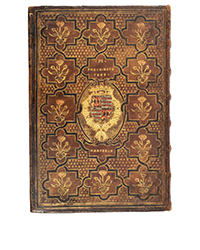

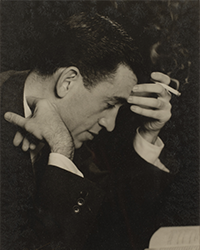
![<b>Sotheby’s, Dec. 16:</b> [Austen, Jane]. A handsome first edition of <i>Sense and Sensibility,</i> the author's first novel. $60,000 to $80,000. <b>Sotheby’s, Dec. 16:</b> [Austen, Jane]. A handsome first edition of <i>Sense and Sensibility,</i> the author's first novel. $60,000 to $80,000.](https://ae-files.s3.amazonaws.com/AdvertisementPhotos/9a74d9ff-42dd-46a1-8bb2-b636c4cec796.png)
